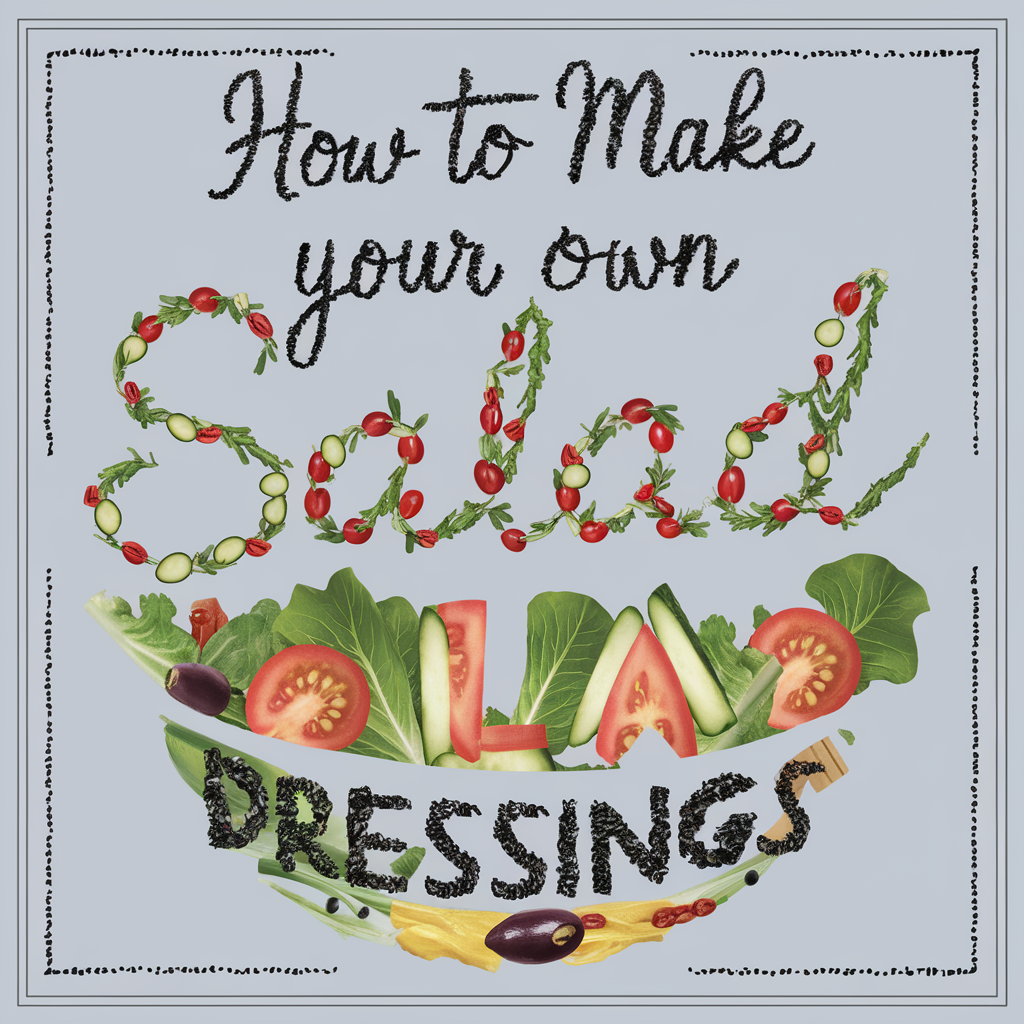The most defining way of contextualizing sports betting is to understand how it provides fairness. We all know that they are after their bottom line first and foremost, but they also need to be competitive and provide the consumer with a compelling reason to choose to bet with a certain sportsbook.

There are many factors that go into this effort. One would be what we consider to be the consumer experience, which brings forth all kinds of aspects that define the entire usage of a sportsbook. From onboarding to payments, every single operational detail must be in peak condition if it is to prove itself to be a sustainable service.
However, there are plenty of ways to implement a qualitative experience, especially with how many excellent sportsbook engines are on the market. If there is a will and enough know-how for how to set up and run the numbers, upscaling is certainly a significant possibility.
In the end, it’s the odds that create the most attraction. For many bettors, the process of rolling the ball down the hill is all about creating value from competitive odds. It starts with fairness, which means finding these odds to be reflective of the probabilities of outcomes. It only gets further with the game of margins, where the most interesting type of value tends to wait for the savviest of bettors.
The market of bookmakers is incredibly significant from a competitiveness standpoint because everybody wants to leverage their product as the most interesting on the market. The question that remains is: what exactly do they do to set up their odds?
In this article, we will answer this question from various standpoints. One would be to define what these odds are, how bookies calculate them, and what they do to guarantee profitability while remaining attractive to bettors.
Defining and contextualizing odds
In sports betting, the odds are numbers that a bookie sets up when calculating the resulting payout from a stake placed on a particular outcome. Every particular bet on a certain event will generate winnings calculated based on the odds that you wager on. These odds act as multipliers when interacting with your wagers.
The interesting part about them is what lies behind their calculation process. There isn’t much originality across the industry when it comes to setting up odds. Most of it is copying several specialty sportsbooks that have their systems figured out. OmegaTipsters showcases plenty of similarities among them in almost any given event.

For example, you have a set of oddsmakers that have proprietary formulas. They have automatic systems that calculate these odds based on probability. AI is a big factor for this nowadays, especially given that the data that trains such models is readily available publicly.
Historical data from past events, current circumstances like perceived player/team value, and overall context (aspects like the gameday environment) have a certain importance that impacts the probabilities. Based on all these data points, the proprietary formula of a sportsbook is all about determining probabilities for countless outcomes.
This is a herculean effort if done manually, which is why sportsbooks with millions of odds propositions are only doing automated work. There are human supervisors who round out the process, especially when the initial odds prove unbalanced enough that the public bets overwhelmingly on an outcome.
Once these influential oddsmakers release their numbers, commercial bookmakers take the odds are start working on them. As we will discuss here, they can add various margins to them, based on their competitiveness, market, or other special contextual circumstances. The idea is to start with odds that reflect probabilities, and then work around them in such a way that they generate an edge.
Types of odds and what they represent regionally
Since the act of betting on sports is almost universal from a global standpoint, there are various traditions of displaying these odds. Without much more fluff, here are the types that you will find at most of the bookmakers on any given market:
- Moneyline Odds: since they’re the American counterpart, they are most popular when discussed on sports that are popular in the States. The unique thing about them is that you can see them as both negative and positive. Negative odds (-120) are for the favorites, while positive odds (+120) are for the underdog. As we know, the appeal of the underdog usually moves the market.
- Fractional Odds: the most popular display in the UK. British bookmaking showcases them like 5/1, which means that the 5 is the multiplier for your win, while the 1 is the multiplier for the one.
- Decimal Odds: these are popular in Europe and anglophone countries outside the UK and the US. If you see odds like 6.00, know that the total of your stake and profit will be 6 times your bet.
The bottom line
As it’s easy to understand from any point of view, a bookmaker will always look to remain in business and gain enough of a profit to expand. In this spirit, we need to remember that the calculations of odds are not just about probabilities, but also about commercial balancing.
For example, you would look at
- Moneyline odds of -120, which would say that the implied probability would be around 54.5%.
- For 5/1 odds, the probability sits at around 16.67%.
- For 3.50 odds, you are looking at 28.57%.
What you need to remember is that finding these odds in a bookmaker’s offering does not automatically mean that they really believe that they are the real probability. What you’re seeing is a final product that includes both the probability itself, but also an artificial movement of the odds.
The vig: rounding out the final number
If you were to use a vig calculator, you would see that the actually odds should be smaller after adjustment. This means that they are giving themselves a margin by paying you less than the actual probability.
The vig, juice, or vigorish is the margin that the bookmaker adds to their odds in order to make sure that they pay less for an outcome that should’ve generated more. In this way, they cover for their loss by paying less.
A coin toss would mean 1/1, 2.00, or +100 because it has 50% chances. For a sportsbook, the vig would mean adding turning the odds into 1.90, or -105. That small margin would provide it with a bit less to pay.
Conclusion
Now that we’ve concluded this article, you should remember that the house always tries to cover for its bottom line. As such, prioritize your financial stability and remember always to bet responsibly.




